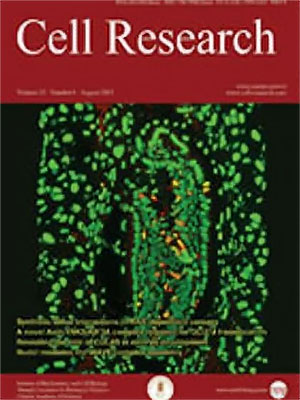
Volume 12, No 3, Sep 2002
ISSN: 1001-0602
EISSN: 1748-7838 2018
impact factor 17.848*
(Clarivate Analytics, 2019)
Volume 12 Issue 3, September 2002: 163-176
REVIEWS
Structure, expression, and developmental function of early divergent forms of metalloproteinases in Hydra
ichael P SARRAS JR1, Li YAN2, Alexey LEONTOVICH3, Jin Song ZHANG4
1Department of Anatomy and Cell Biology
University of Kansas Medical Center Kansas City, Kansas 66160-7400, USA
2Centocor, Malvern, PA 19355, USA
3Department of Experimental Pathology, Mayo Clinic, Rochester, MN 55904, USA
4Pharmaceutical Chemistry, University of Kansas, Lawrence, KS 66047, USA
Correspondence:
Metalloproteinases have a critical role in a broad spectrum of cellular processes ranging from the breakdown of extracellular matrix to the processing of signal transduction-related proteins. These hydrolytic functions underlie a variety of mechanisms related to developmental processes as well as disease states. Structural analysis of metalloproteinases from both invertebrate and vertebrate species indicates that these enzymes are highly conserved and arose early during metazoan evolution. In this regard, studies from various laboratories have reported that a number of classes of metalloproteinases are found in hydra, a member of Cnidaria, the second oldest of existing animal phyla. These studies demonstrate that the hydra genome contains at least three classes of metalloproteinases to include members of the 1) astacin class, 2) matrix metalloproteinase class, and 3) neprilysin class. Functional studies indicate that these metalloproteinases play diverse and important roles in hydra morphogenesis and cell differentiation as well as specialized functions in adult polyps. This article will review the structure, expression, and function of these metalloproteinases in hydra.
FULL TEXT | PDF
Browse 2160


